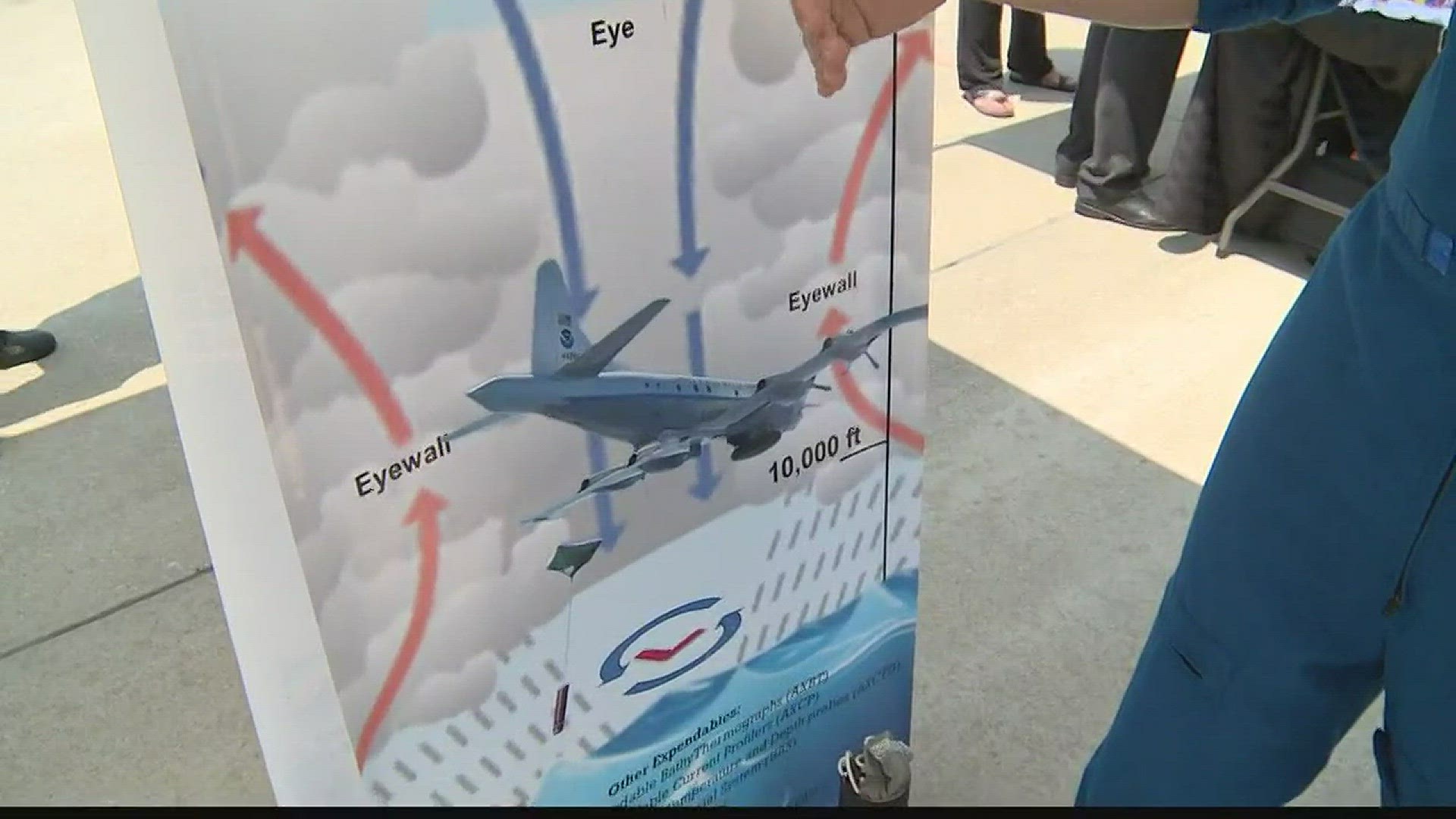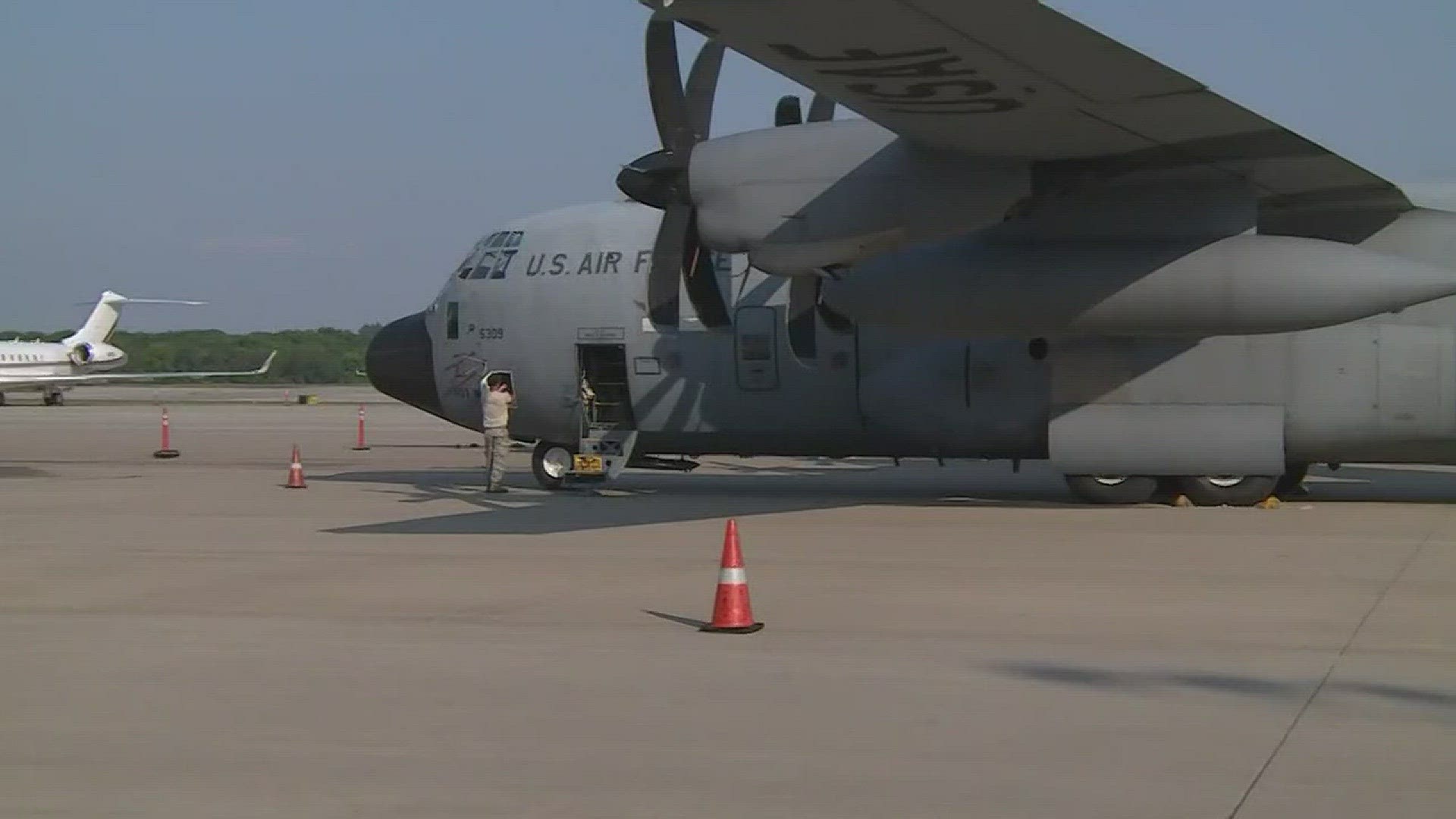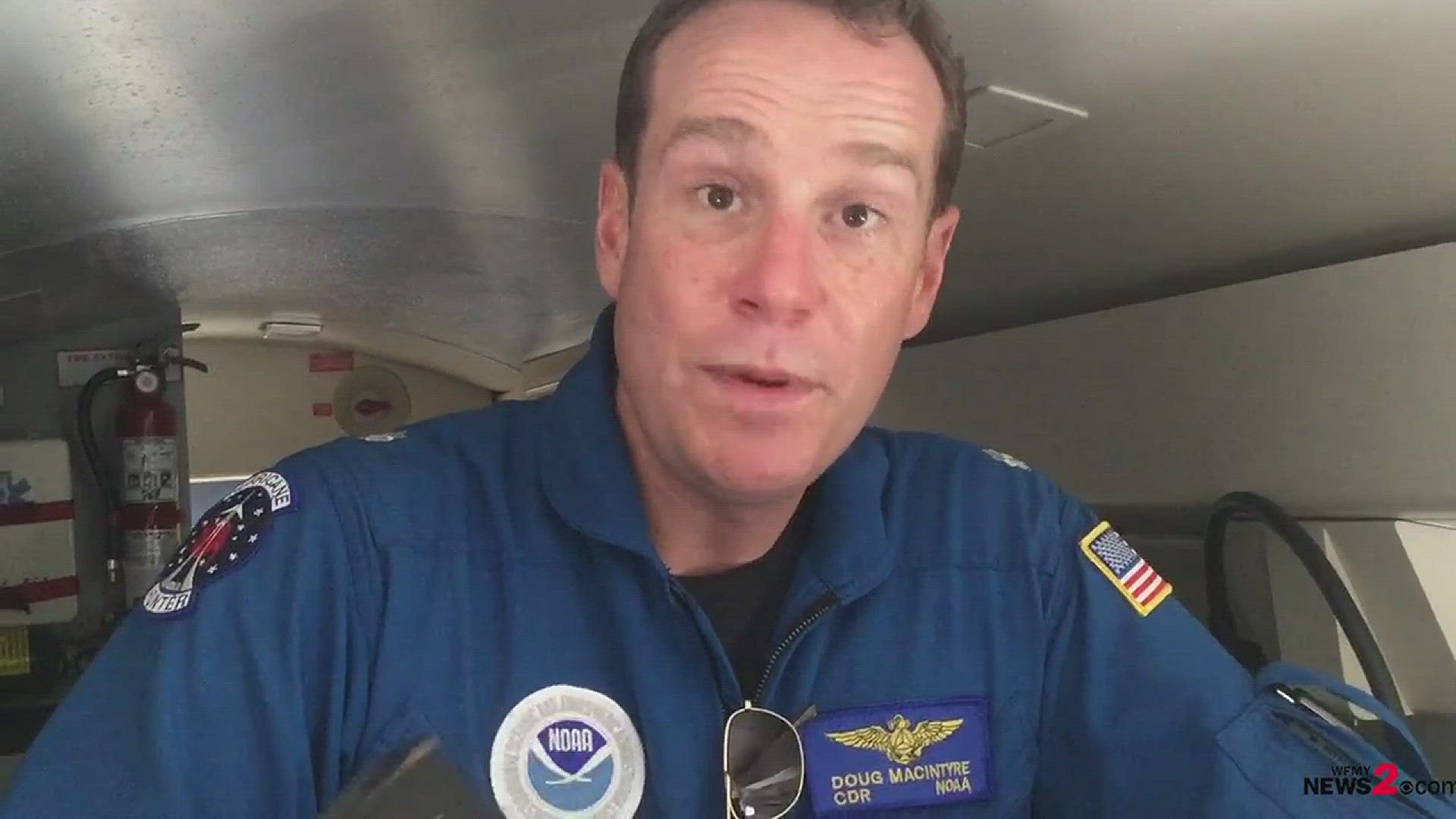RALEIGH, N.C. -- It takes guts to do what Hurricane Hunters do. While coastlines evacuate during a hurricane the bravest fly a plane right into the eye of the storm.
It can be a wild and dangerous ride, but the information gained is invaluable. Hurricane Hunters call on the WC-130 named “Hercules” to fly them into the eye of the storm.
The aircraft is 97 feet and 9 inches long. Its height is 38 feet and 10 inches and its wingspan is monstrous spanning 132 feet and seven inches!
At the beginning of a storm the National Hurricane Center will send in a crew to investigate whether the winds are blowing in a counterclockwise rotation.
►Make it easy to keep up to date with more stories like this. Download the WFMY News 2 App now.
They then monitor the ocean waves to determine the wind speed and direction.
After the hurricane forms, the planes fly completely through the storm, and each flight includes multiple trips back and forth. During the flights, crew members on board “Hercules” strategically drop weather instruments called dropsondes into different corners of the storm. A meteorologist is on board the aircraft along with various crew members to help collect vital weather data.
The crew continuously collects weather data during the flight into the hurricane. The weather instruments help to determine the maximum winds at the surface and the lowest pressure at the surface. All of this as they also collect other weather data as well during the flight.
Hurricane Hunters help to save lives. Their information helps heed warning areas and evacuate those affected areas. “Hercules” was not the only aircraft on display as part of the Hurricane Hunters Tour at Raleigh-Durham International Airport.
NOAA’s “Gonzo” plane famously nicknamed from yes, Jim Henson’s Muppets is one of two other planes also used to gather weather data.

The other two planes are also named after the Muppets. You’ll have to watch the video web extra to find out why!
The Gonzo aircraft is a Gulfstream-IV jet. The meteorological aircraft is used to help paint a detailed picture of the upper atmosphere surrounding hurricanes. The weather instruments dropped from the plane provide measurements of the of the upper-level hurricane steering winds used to determine the track of the hurricane. The G-IV flies 100 to 300 miles from the eye of the hurricane, at altitudes up to 45,000 feet. The plane has helped to improve track and intensity forecasting by 25-percent.
Hurricane Hunters want you to remember one thing this hurricane season and that is to always be prepared and always listen to warnings issued as well as evacuations.





